Humans are naturally capable of learning throughout their lives without forgetting what they already know. They can also infer and comprehend new concepts from just a few, or even no examples. However, deep neural networks lack such abilities, and typically require large-scale, static datasets.
Many real-world applications involve data that is dynamically evolving, but sparse in nature. For instance, patient data is continuously generated, but it may be limited in cases of rare diseases and difficult to share due to privacy concerns. Motivated by this, I aim to build practical models that can reason and learn more like humans: learn incrementally, generalize from restricted data, and remain stable under distribution shifts.
2025
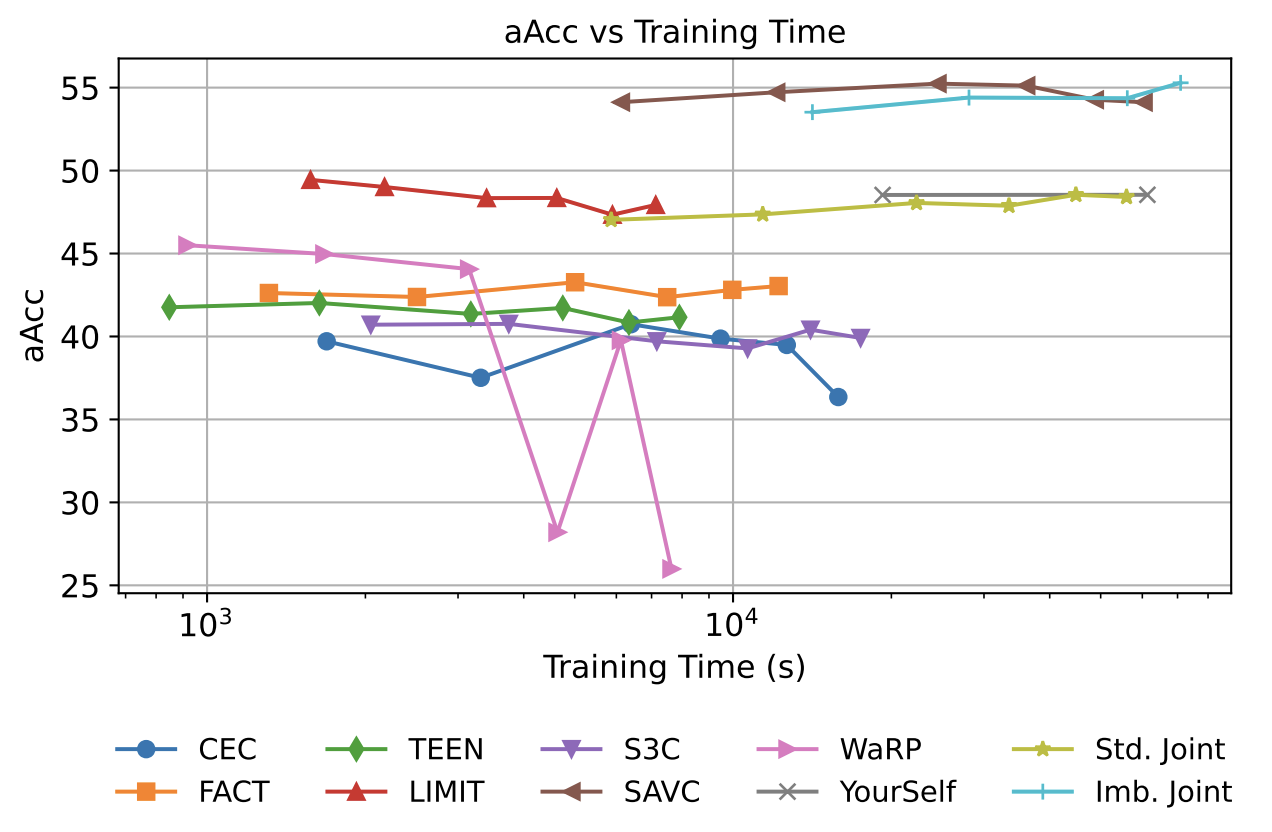
Does Prior Data Matter? Exploring Joint Training in the Context of Few-Shot Class-Incremental Learning
Shiwon Kim*, Dongjun Hwang*†, Sungwon Woo*, Rita Singh†
ICCV 2025 Workshop on Continual Learning in Computer Vision (CLVision)
[TL;DR] [Paper] [Poster] [Slides] [Video] [Code]
Challenged the assumption of limited access to prior data in few-shot class-incremental learning, and compared joint training with incremental learning to empirically assess the practical impact of full data access on model performance.
# continual learning # few-shot learning
Does Prior Data Matter? Exploring Joint Training in the Context of Few-Shot Class-Incremental Learning
Shiwon Kim*, Dongjun Hwang*†, Sungwon Woo*, Rita Singh†
ICCV 2025 Workshop on Continual Learning in Computer Vision (CLVision)
Challenged the assumption of limited access to prior data in few-shot class-incremental learning, and compared joint training with incremental learning to empirically assess the practical impact of full data access on model performance.
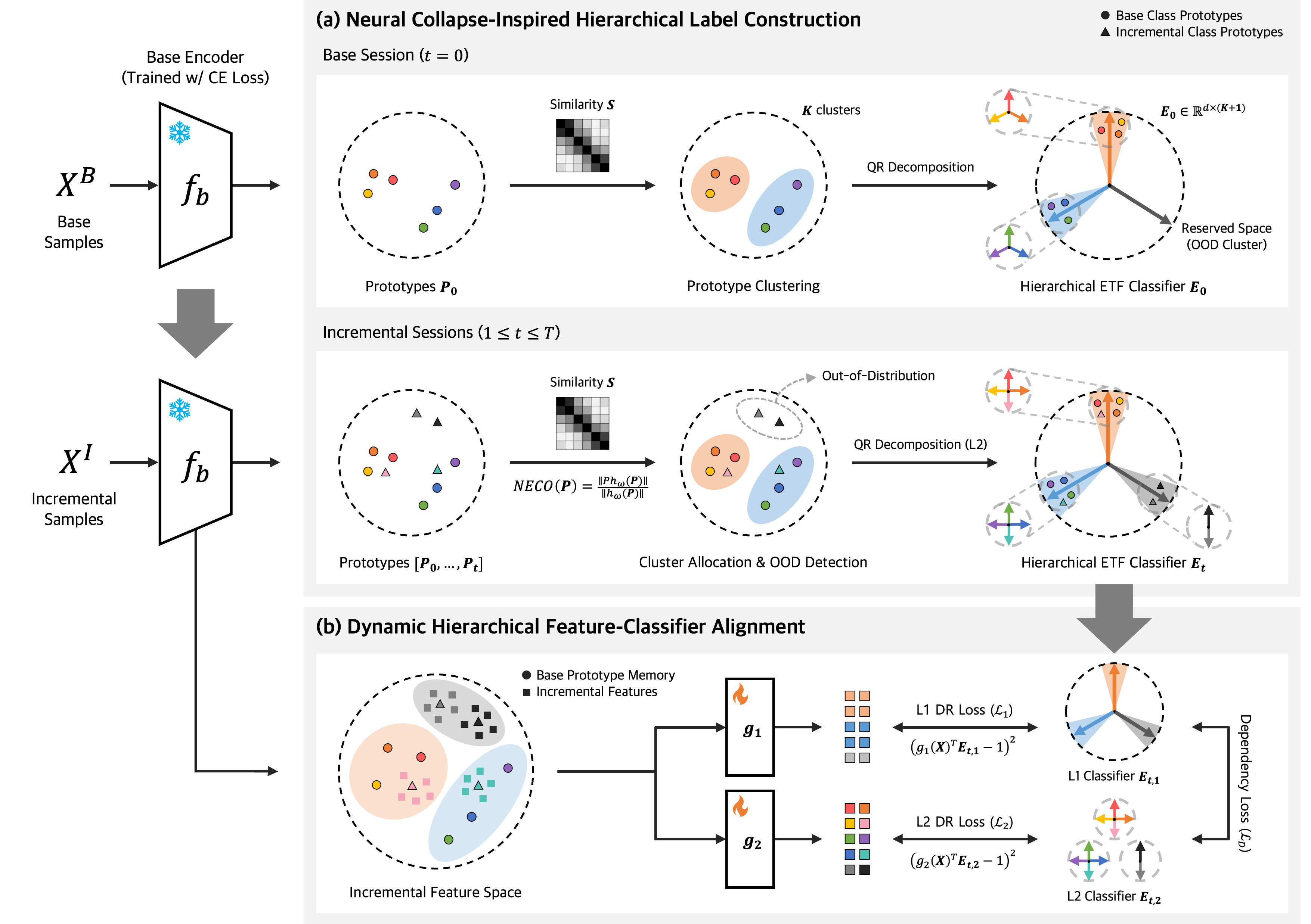
Debiasing Few-Shot Class-Incremental Learning via Dynamic Feature Classifier Alignment
Shiwon Kim
Master's Thesis, Yonsei University
Proposed a dynamic hierarchical equiangular tight frame (DH-ETF) classifier that mitigates base-class bias by preserving prior knowledge through a fixed cluster-level ETF, while enabling flexible accommodation of new classes using adaptable class-level ETFs within each cluster.
# continual learning # few-shot learning # neural collapse
Debiasing Few-Shot Class-Incremental Learning via Dynamic Feature Classifier Alignment
Shiwon Kim
Master's Thesis, Yonsei University
Proposed a dynamic hierarchical equiangular tight frame (DH-ETF) classifier that mitigates base-class bias by preserving prior knowledge through a fixed cluster-level ETF, while enabling flexible accommodation of new classes using adaptable class-level ETFs within each cluster.
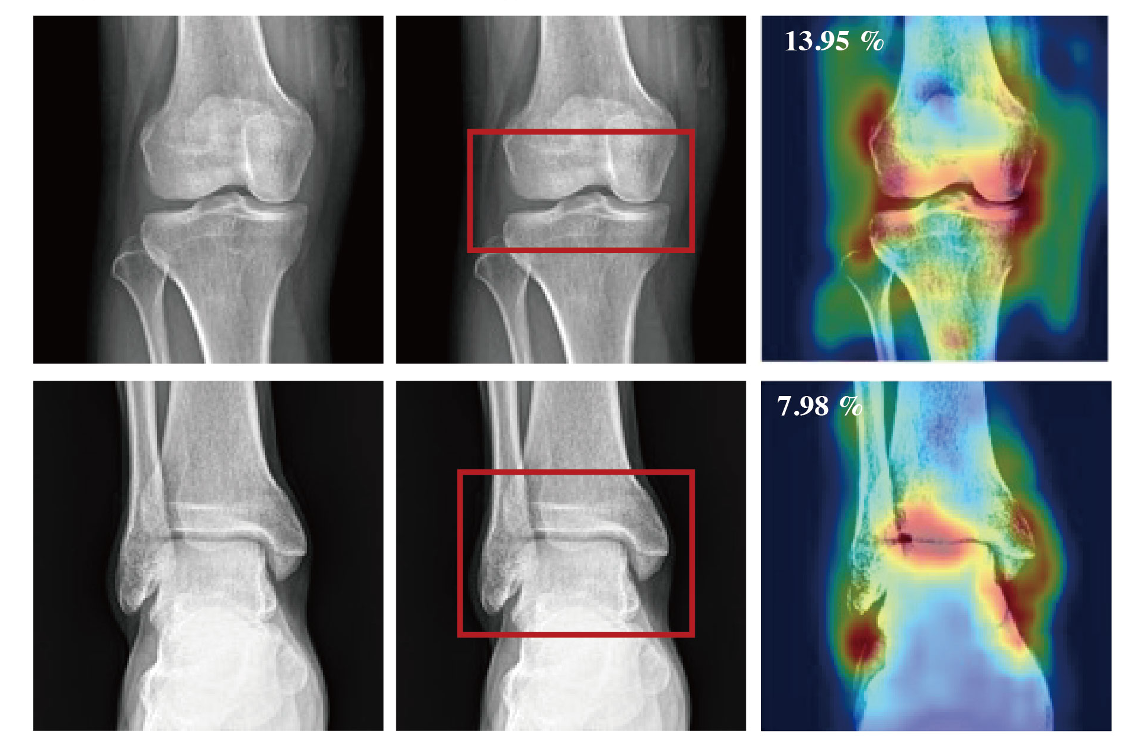
Classification Models for Arthropathy Grades of Multiple Joints Based on Hierarchical Continual Learning
Bong Kyung Jang*, Shiwon Kim*, Jae Yong Yu, JaeSeong Hong, Hee Woo Cho, Hong Seon Lee, Jiwoo Park, Jeesoo Woo, Young Han Lee†, Yu Rang Park†
La Radiologia Medica (IF 2024: 9.7)
[TL;DR] [Paper] [Slides] [Code]
Developed and validated a continual learning framework for arthropathy grade classification scalable across multiple joints, using hierarchically labeled radiographs of the knee, elbow, ankle, shoulder, and hip from three tertiary hospitals.
# medical imaging # continual learning
Classification Models for Arthropathy Grades of Multiple Joints Based on Hierarchical Continual Learning
Bong Kyung Jang*, Shiwon Kim*, Jae Yong Yu, JaeSeong Hong, Hee Woo Cho, Hong Seon Lee, Jiwoo Park, Jeesoo Woo, Young Han Lee†, Yu Rang Park†
La Radiologia Medica(IF 2024: 9.7)
Developed and validated a continual learning framework for arthropathy grade classification scalable across multiple joints, using hierarchically labeled radiographs of the knee, elbow, ankle, shoulder, and hip from three tertiary hospitals.
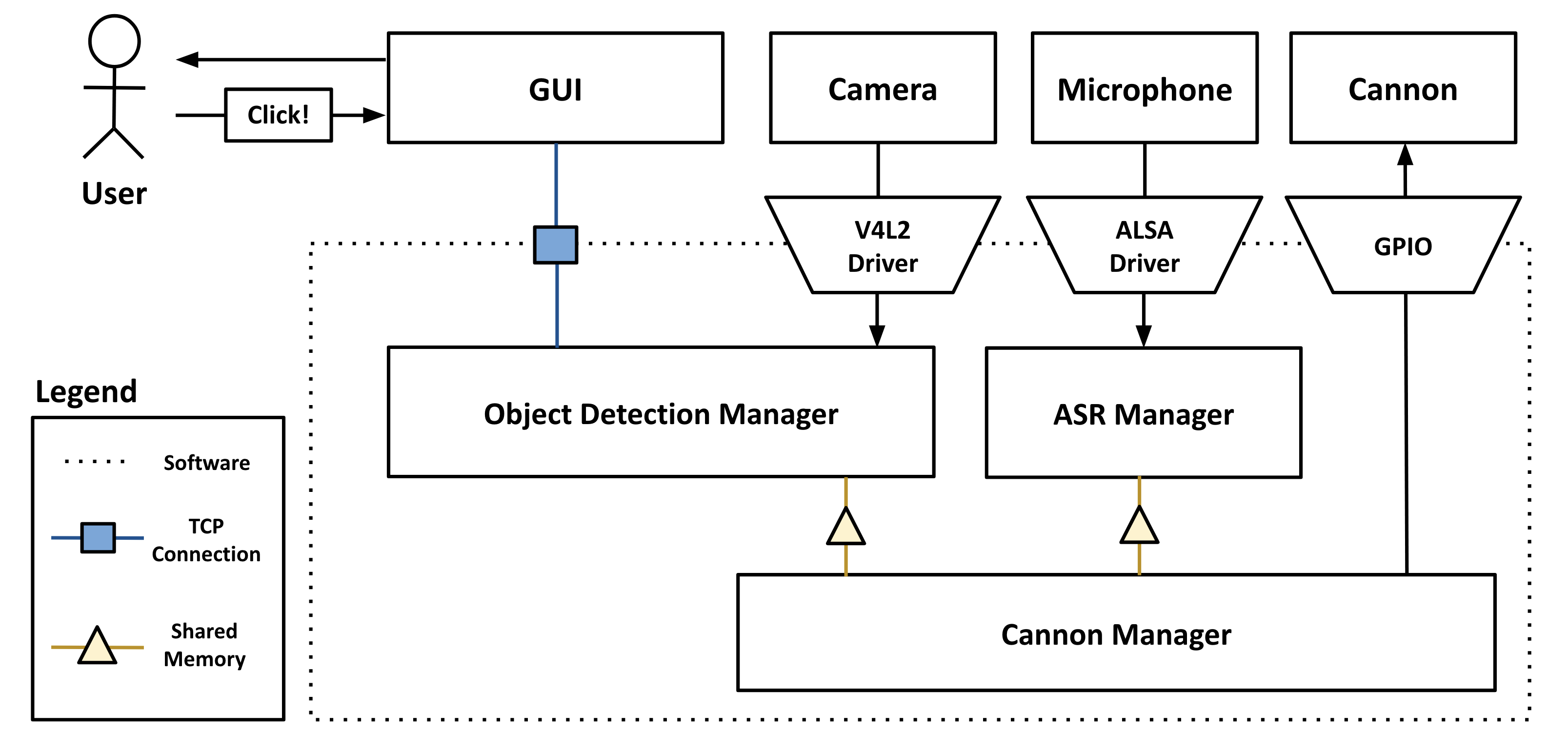
AI-Driven Automated Target Prioritization and Engagement
Kyungjin Kim, Shiwon Kim, Seungjae Baek, Soomin Chung, Chani Jung, Dongjun Hwang, Vijay Sai
Studio Project: AI on the Edge with Robotics - 2024 CMU Intensive AI Education Program
Implemented a real-time nearest-target tracking algorithm and a shoot (and don't shoot) logic based on fine-tuned YOLOv11s. Deployed the system on Jetson Orin Nano and demonstrated engagement of both stationary and moving targets.
# robotics # object detection
AI-Driven Automated Target Prioritization and Engagement
Kyungjin Kim, Shiwon Kim, Seungjae Baek, Soomin Chung, Chani Jung, Dongjun Hwang, Vijay Sai
Studio Project: AI on the Edge with Robotics - 2024 CMU Intensive AI Education Program
Implemented a real-time nearest-target tracking algorithm and a shoot (and don't shoot) logic based on fine-tuned YOLOv11s. Deployed the system on Jetson Orin Nano and demonstrated engagement of both stationary and moving targets.
2024
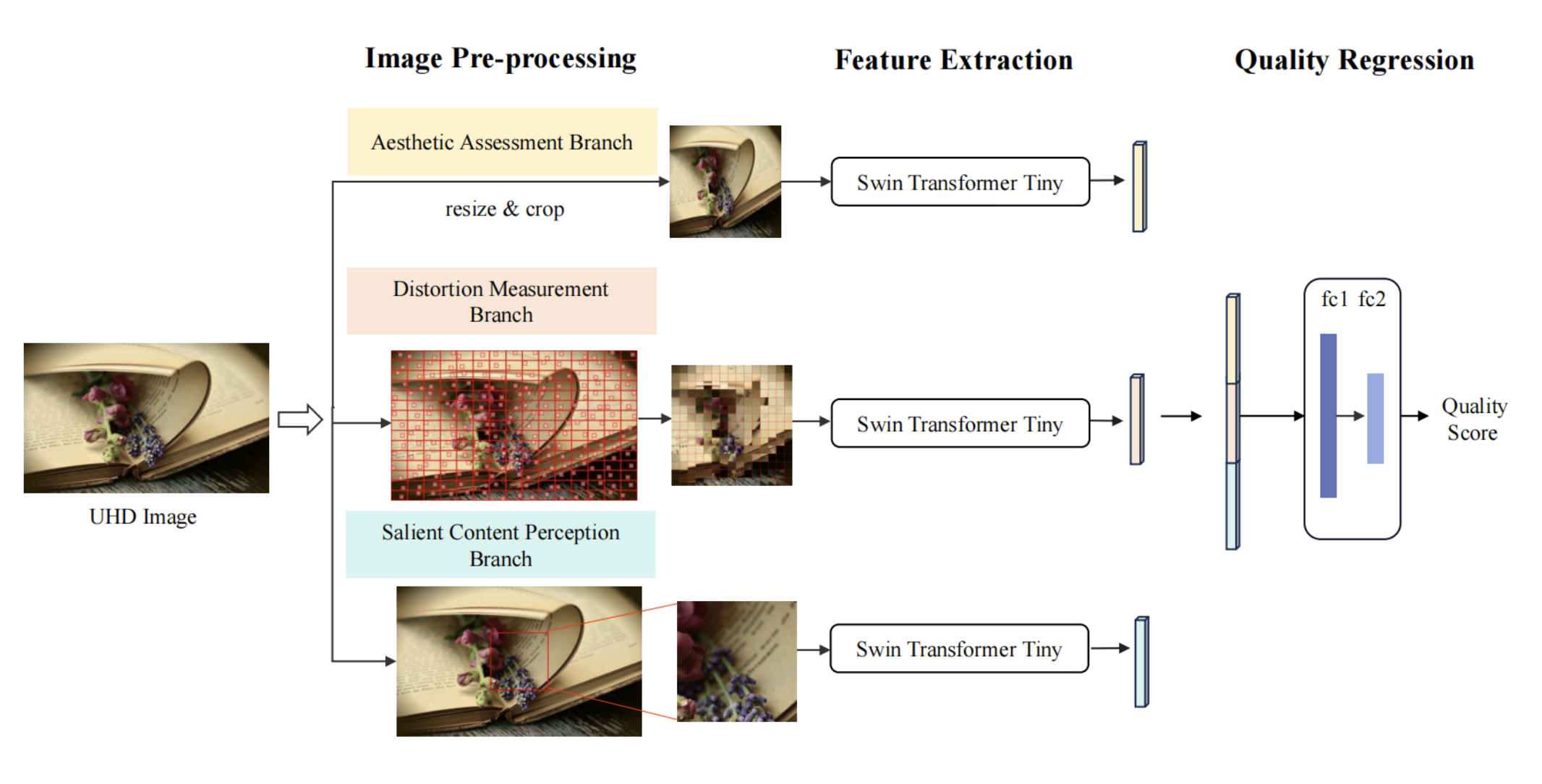
Image Quality and Abstract Perception Evaluation
Eryn Ma, Hail Song, Yuchen Dai, Shiwon Kim
Course Project - 11-785 Introduction to Deep Learning (Fall 2024, CMU)
Enhanced the interpretation of abstract image perceptions by combining CLIP-IQA and UIQA with a multi-branch backbone, demonstrating superior accuracy and faster convergence compared to existing image quality assessment (IQA) methods.
# vision-language # image quality assessment # abstract perception
Image Quality and Abstract Perception Evaluation
Eryn Ma, Hail Song, Yuchen Dai, Shiwon Kim
Course Project - 11-785 Introduction to Deep Learning (Fall 2024, CMU)
Enhanced the interpretation of abstract image perceptions by combining CLIP-IQA and UIQA with a multi-branch backbone, demonstrating superior accuracy and faster convergence compared to existing image quality assessment (IQA) methods.
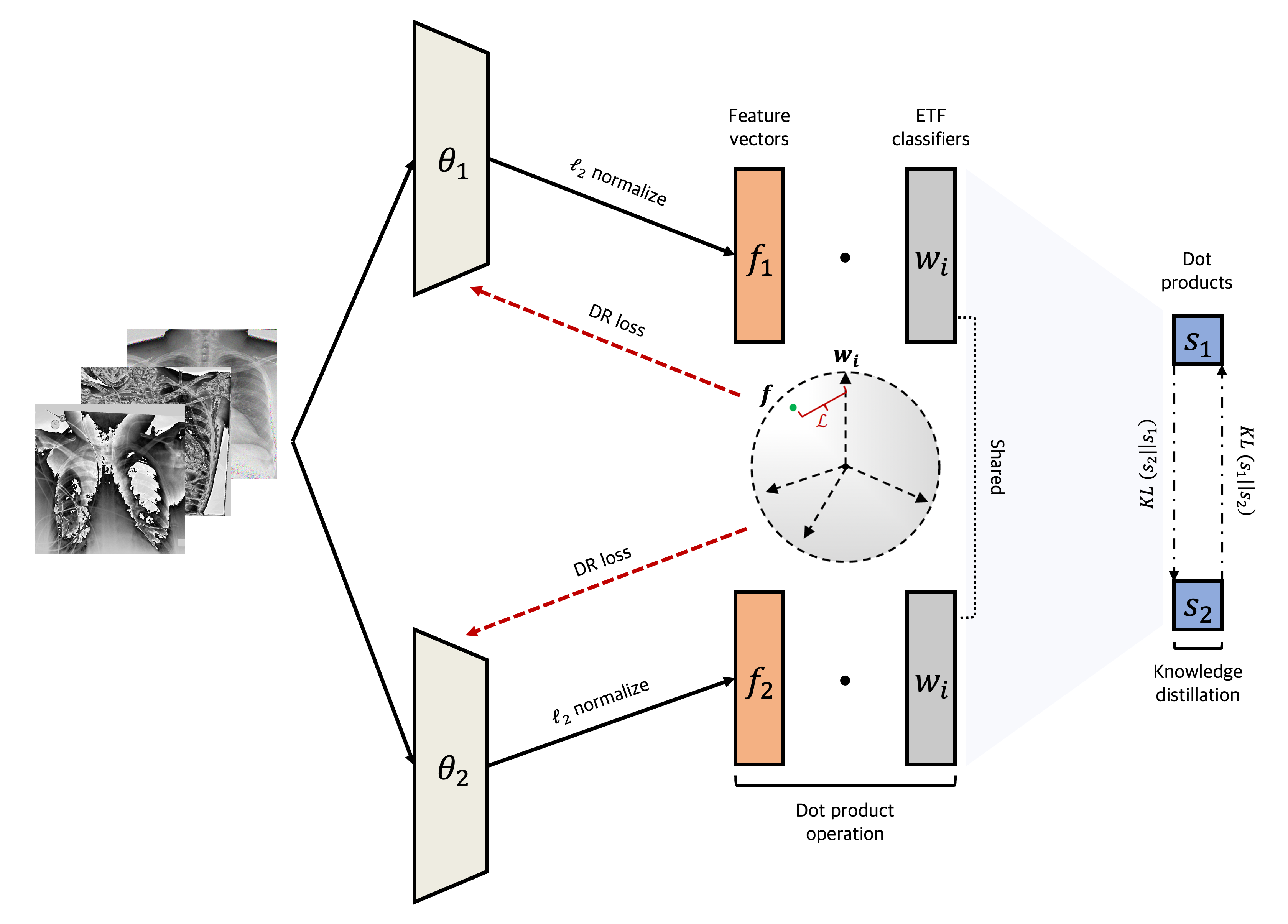
Robust Medical Image Classification Against Data Contamination and Poisoning
Min Kyoon Yoo, Jihae So, Shiwon Kim, Ho Seung Kang, Donghyeok Seo
2024 Yonsei Digital Healthcare Cybersecurity Competition
2nd Place
Designed a deep mutual learning framework that jointly trains two networks to learn a shared representation space anchored by a fixed equiangular tight frame (ETF) classifier, improving model robustness and generalization.
# medical imaging # data poisoning # neural collapse
Robust Medical Image Classification Against Data Contamination and Poisoning
Min Kyoon Yoo, Jihae So, Shiwon Kim, Ho Seung Kang, Donghyeok Seo
2024 Yonsei Digital Healthcare Cybersecurity Competition 2nd Place
Designed a deep mutual learning framework that jointly trains two networks to learn a shared representation space anchored by a fixed equiangular tight frame (ETF) classifier, improving model robustness and generalization.
2023
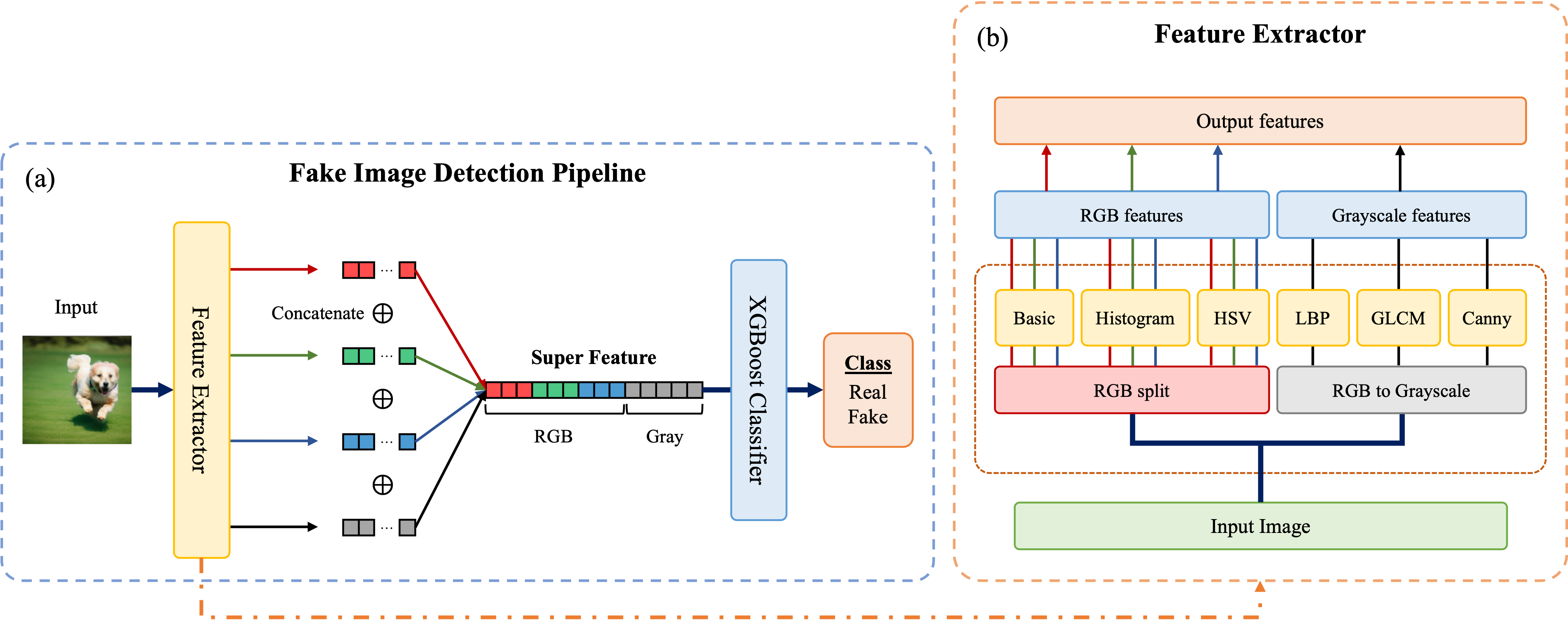
Statistical Feature-Based Memory-Efficient Machine Learning Pipeline for Fake Image Detection
Shiwon Kim, Min Kyoon Yoo, Hee Min Yang
2023 Yonsei Digital Healthcare Cybersecurity Competition
Digital Healthcare HRD Program
Developed a machine learning-based fake image detection pipeline that leverages pixel-level statistics, texture patterns, and edge information, achieving higher accuracy with lower memory usage than CNN-based deep learning approaches.
# medical imaging # synthetic data # machine learning
Statistical Feature-Based Memory-Efficient Machine Learning Pipeline for Fake Image Detection
Shiwon Kim, Min Kyoon Yoo, Hee Min Yang
2023 Yonsei Digital Healthcare Cybersecurity Competition Digital Healthcare HRD Program
Developed a machine learning-based fake image detection pipeline that leverages pixel-level statistics, texture patterns, and edge information, achieving higher accuracy with lower memory usage than CNN-based deep learning approaches.